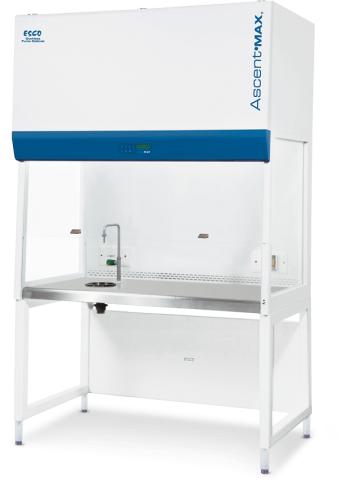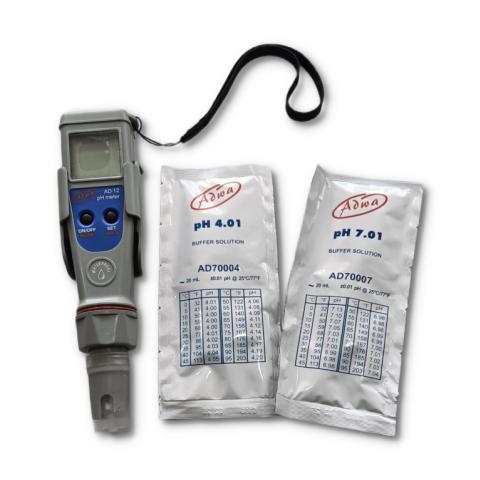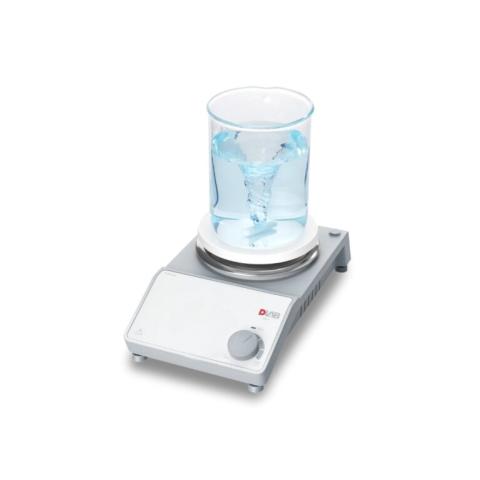A rollator is a common mobility aid
that helps individuals maintain their independence. However, like any
equipment, it may require repairs over time. Learning how to repair a rollator
ensures continued mobility without costly replacements.
This guide provides step-by-step
instructions for common repairs, helping you maintain your rollator in top
shape. This approach will save you time and money while ensuring you can use
your mobility equipment safely and effectively.
Tools You May Need
Before diving into the repair
process, having the right tools is essential. Here's a basic list:
●
Screwdrivers (Phillips and flat-head)
●
Wrenches or adjustable spanners
●
Lubricants (WD-40 or similar)
●
Replacement parts (e.g., wheels, brakes, grips)
●
Cleaning supplies
These tools make the process more
straightforward and ensure you're well-prepared for various repair needs.
Step-by-Step Guide to Rollator Repair
1. Inspect the Rollator
The first step in any rollator
repair process is a thorough inspection. Identify any obvious signs of wear or
damage. Common issues include:
●
Loose or squeaky wheels
●
Worn-out brakes
●
Cracked or worn hand grips
Note these issues so you can address
them one by one. If you're unsure about the problem, consult a professional or
refer to the manufacturer's manual.
2. Repair or Replace Wheels
Checking for Wheel Damage
Wheels are one of the most
frequently worn-out parts of a rollator. Over time, they may become loose,
cracked, or unevenly worn, affecting the mobility equipment's performance.
Replacing the Wheels
●
First, detach the old wheel by loosening the bolts or screws
holding it in place.
●
Once removed, clean the area to remove dirt or debris.
●
Install the new wheel by tightening the bolts or screws back
into place. Ensure that it is secure but not too tight to prevent stiffness.
3. Adjust or Replace Brakes
The brakes are a critical safety
feature of your rollator. However, they can become loose over time, decreasing
their functionality.
Adjusting the Brake Tension
●
Locate the adjustment screws near the brake handle.
●
Use a screwdriver to tighten or loosen the screw until the
brake operates smoothly. If it’s too loose, tighten it; if it's too tight,
loosen it slightly.
Replacing Brake Cables
If the cables are worn, they may
need replacing:
●
Detach the existing brake cables by unscrewing them from the
handle and brake mechanism.
●
Install the new cables in the reverse order, ensuring they
are properly tensioned for safe use.
4. Fix Loose Handles or Grips
Loose handles can make the rollator
difficult to maneuver. If you notice any instability in the handles, fixing
this immediately is essential.
Tightening Loose Handles
●
Use a wrench or screwdriver to tighten the bolts securing
the handles.
●
Ensure both handles are at the same height and securely
fastened.
Replacing Worn Grips
If the grips are worn or cracked,
replacement is necessary:
●
Slide off the old grips, applying some lubricant if they are
stuck.
●
Slide on the new grips, making sure they are aligned
properly with the handles.
5. Lubricate Moving Parts
A squeaky rollator may indicate that
certain parts need lubrication. Regular maintenance, including lubricating the
wheels, brakes, and other moving parts, can prolong the life of your mobility
equipment.
●
Apply a light lubricant (such as WD-40) to the joints,
wheels, and brake cables.
●
Wipe off excess lubricant to avoid attracting dirt.
Regular Maintenance Tips
Regular maintenance can help extend
the life of your rollator and prevent major repairs. Here are a few tips:
●
Clean the rollator weekly to prevent dust and debris
build-up.
●
Check screws and bolts regularly to ensure they are tight.
●
Test the brakes frequently to make sure they work correctly.
●
Store your rollator in a dry place to prevent rust or damage
from moisture.
Conclusion
Maintaining your rollator in good
working condition is essential for safety and comfort. Regular inspections and
minor repairs, such as replacing wheels, adjusting brakes, and lubricating
moving parts, can significantly extend its lifespan.
If you’re ever unsure about how to
handle a repair, it’s wise to consult professionals to avoid further damage.
Struggling with a mobility issue? Visit the Agta Home Care site for customized
home care solutions.







